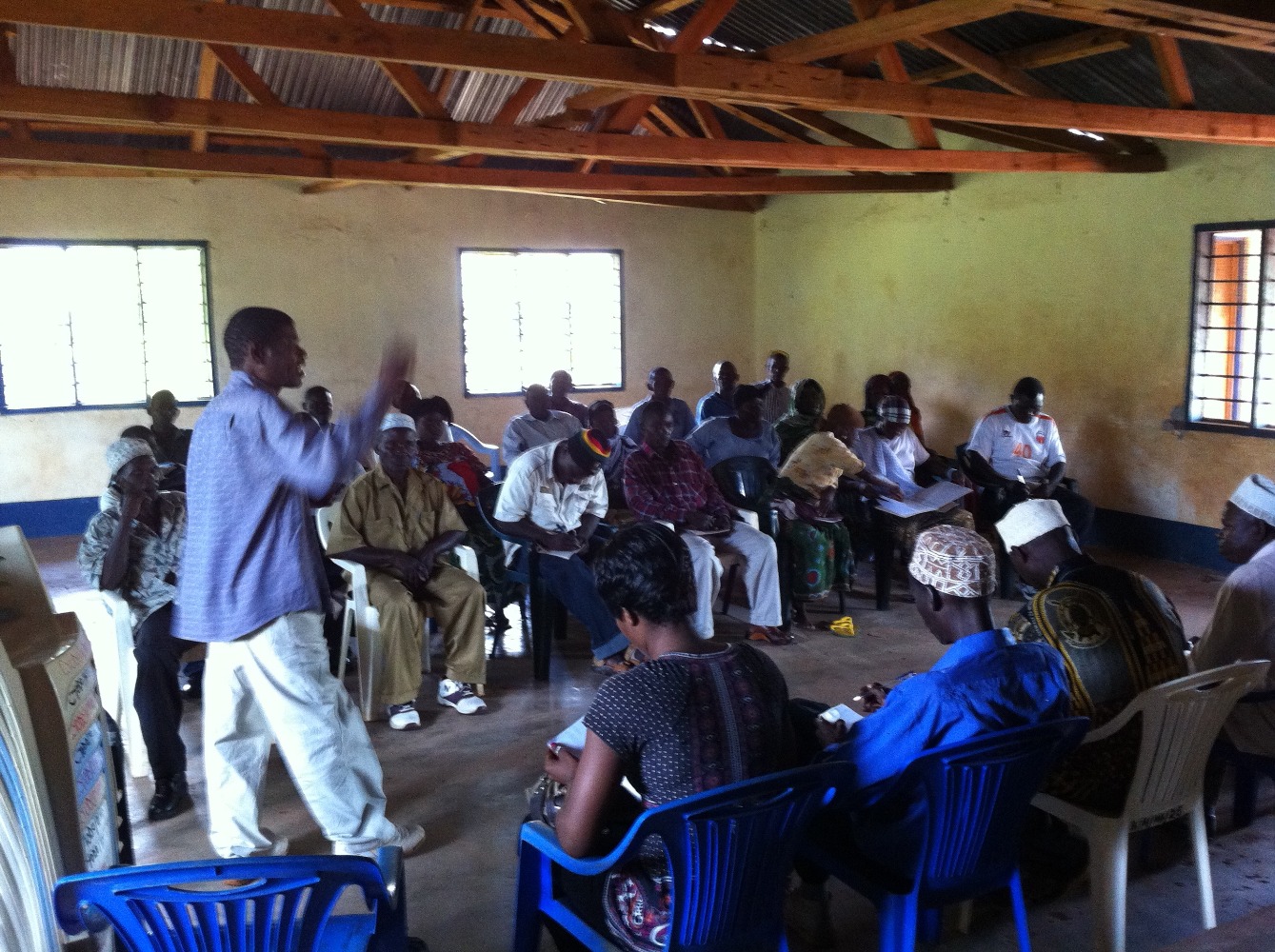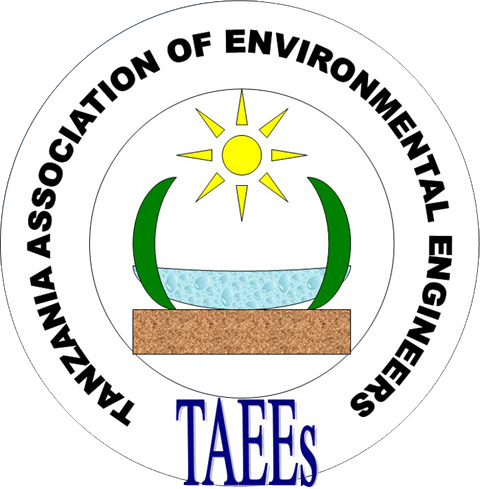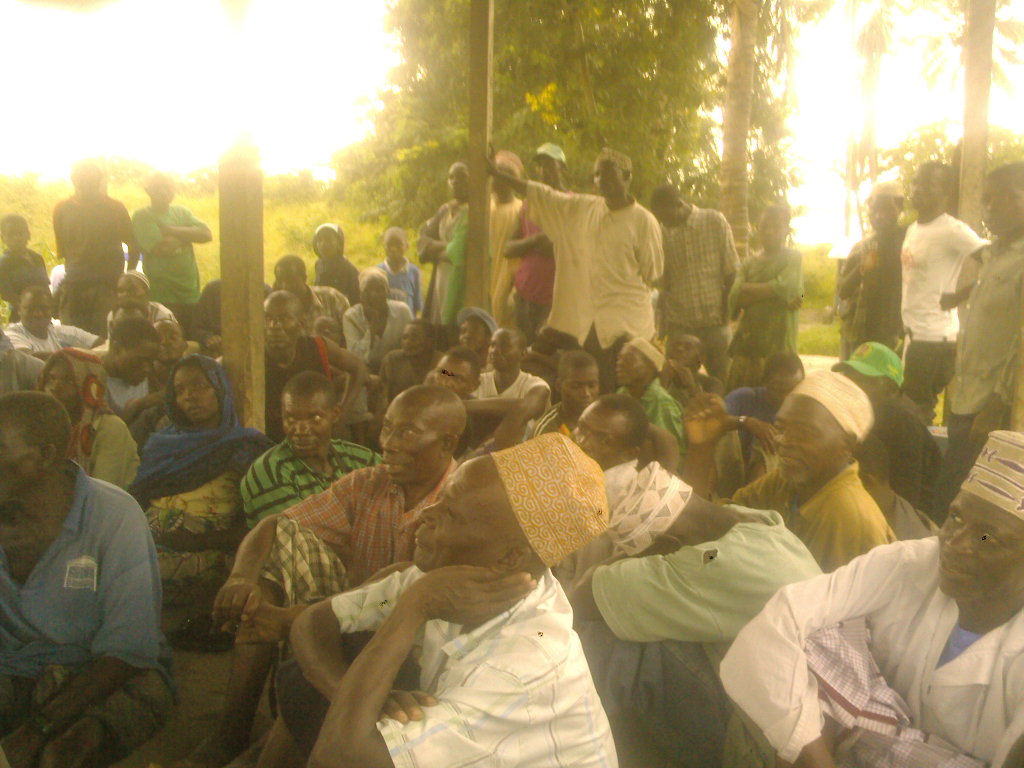Mtwara / CWSSP
Community Water Supply and Sanitation Project (CWSSP) in Mtwara is a project that is being carried out by TAEEs from 2010 having succeeded from TWESA and is funded by Waterfinns. The project was designed to run for one year divided into two phases. Phase (I), the project began on the survey done in the 8 villages, Mkonye, Mabatini, Mkwajuni, Ndumbwe, Nakada, Changarawe, Mihembe (Rudipe) and Dingwida it was noted that there was high demand for sustainable safe water, lack of hygiene & sanitation awareness, poor knowhow on the project ownership and management, operation and maintenance and lack of knowledge on the importance of contribution towards water supply services. It was therefore very important to start off by creating community awareness on issues pertaining to hygiene and sanitation and training the WATSAN committee members.
This assignment was conducted and the project was positively accepted by all community members who promised to offer full support and cooperation to their village leaders in general and to WATSAN committee members in particular as well as the facilitation team
In villages like Nakada there existed a gravity schemed network that was not functioning due to an existence of a conflict between four of the villages using the same source of water i.e (Chemchem, Lilido, Nakada & Chekereni) it was important to ensure that the existing conflict is solved before rehabilitation is done. The conflict was noted to have started after the water department at the district council without involving the villagers decided to close the valve that supplies water to Nakada and Chekereni due to the fact that water pressure at the source had greatly reduced. The gravity water from the artesian well situated at Chemchem used to flow to Lilido village, then to Nakada and finally to Chekereni
This made the two villages to suspect the neighboring two villages Lilido and Chemchem (where the main source of water is situated) to have barred them from using water from that source hence the conflict began.
Our team managed to mediate the conflict by holding several village meetings (including small groups of people and village leaders and potential villagers) and finally uniting the four villages together until the water user association which was formed and named ‘Kitere Water User Association’ – in Swahili ‘Jumuiya ya watumia maji Kitere).
The committee formed was trained and taken for a tour so as to learn more from other successful villages. See more when they were taken for study tour to neighboring villages of Mbuo
When it came to rehabilitation Nakada was the targeted village and the existing DPs and parts of their water supply pipeline which is a galvanized steel pipe was to be rehabilitated. However it was realized that most parts of the pipeline had serious leakages and therefore rehabilitation had to extended and capture all parts which had leakage and this made TAEEs with support from district council to increase the budget to fix the leaking GS pipeline


On the other hand, phase II which started from July – December 2011 had three major roles namely i) recapping of what was trained in the previous phase, ii) demonstrating the fabrication of squatting slabs popularly known in Swahili as “Choo Cha Sungura” which were to be fixed in their improved toilets. Finally was the construction of rainwater harvesting tanks 10m3 in two villages of Rudipe and Ding’wida. All assignments were done successfully and many villages (men and women) gathered to be taught on how to fabricate the slabs. The turn-up was tremendous and people came in multitude. Local fundi (counterpart staff) were taken from DC to make up a facilitation team and the demo was successful in all villages. In each village, squatting slabs were fabricated as demo and village leaders were given the demo slabs to fix in their office toilets as a way of demonstrating to the villagers on how they should construct their own at their homes. Read from Bi annual progress report July – 14122011
Finally, there was cooperation from the villagers’ men, women and children and the Ferro-cement water tanks were constructed using the wire mesh. Initially, everybody thought TAEEs team had gone mad and it is impossible to construct such a big structure without concrete and reinforcement. However, as time went on, they came to realize that everything is possible. Finally the water tanks were built occupying 12m3 instead of 10m3 initially planned. Each village selected 4 volunteers who were taught from each point until the tank was complete and they deeply appreciated and promised to be the village fundis specialized in constructing RWHTs. Read from CWSSP, MTWARA FINAL REPORT – 16122011.
The construction of water supply has been improving day after day and we have seen progressive work in Mtwara rural.
The 2012 project assessment report Project evaluation report, 2012
MTWARA ASSSESSMENT REPORT, Final 2405012 revels this as well as project bi-annual report Bi-annual report 2013 MCWSSP2013 also can be reviewed here for details for comments if any Annual report 2013 MCWSSP – Final
The last bit of 2014 moved in more 4 villages of Mpapura, Nanyani, Utende and Mabatini where various approaches were involved including
- Participatory community meetings
- Knowledge sharing (experience based)
- Participatory hygiene Education (PHE)
- Role-plays, energizers, practical activities and field observations.
- Card storming demonstration and report backs
- Participatory Hygiene Sanitation & Transformation – (PHAST)
- Questions and answers (Q&A)
- Group discussions to buzz and small groups
More details can be read from the annual report CWSSP ANNUAL REPORT 2014, FINAL

